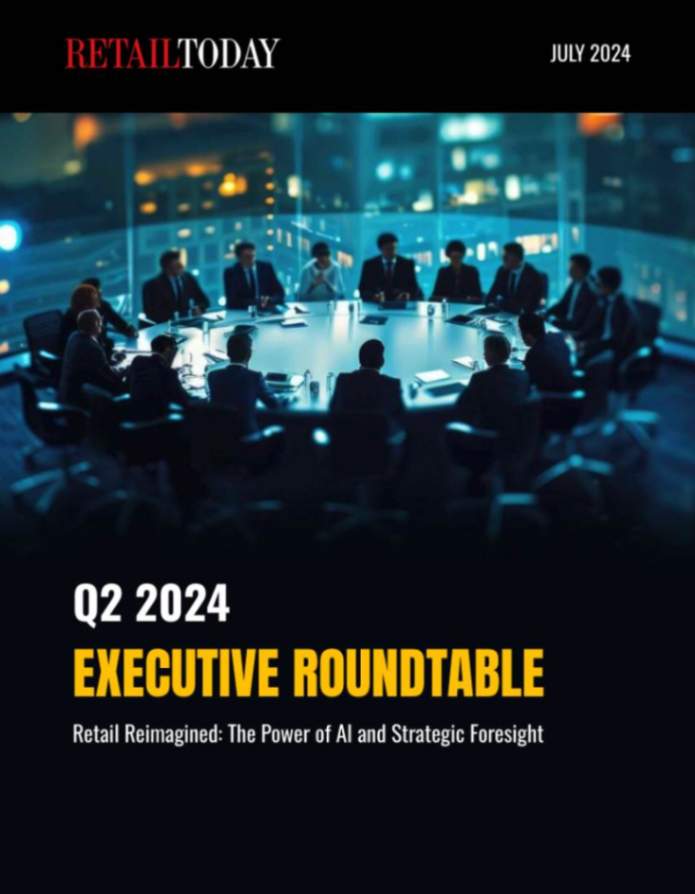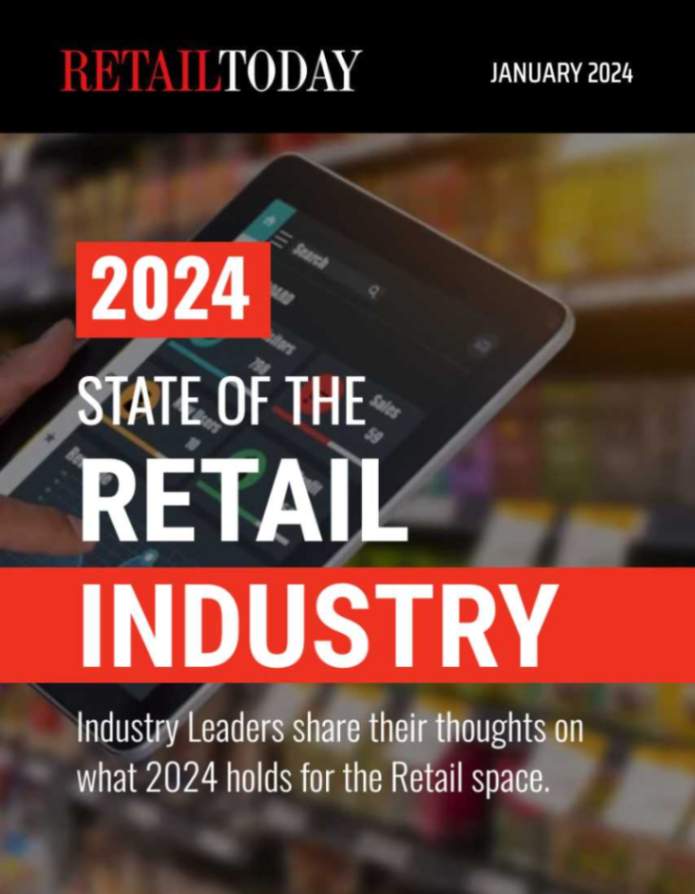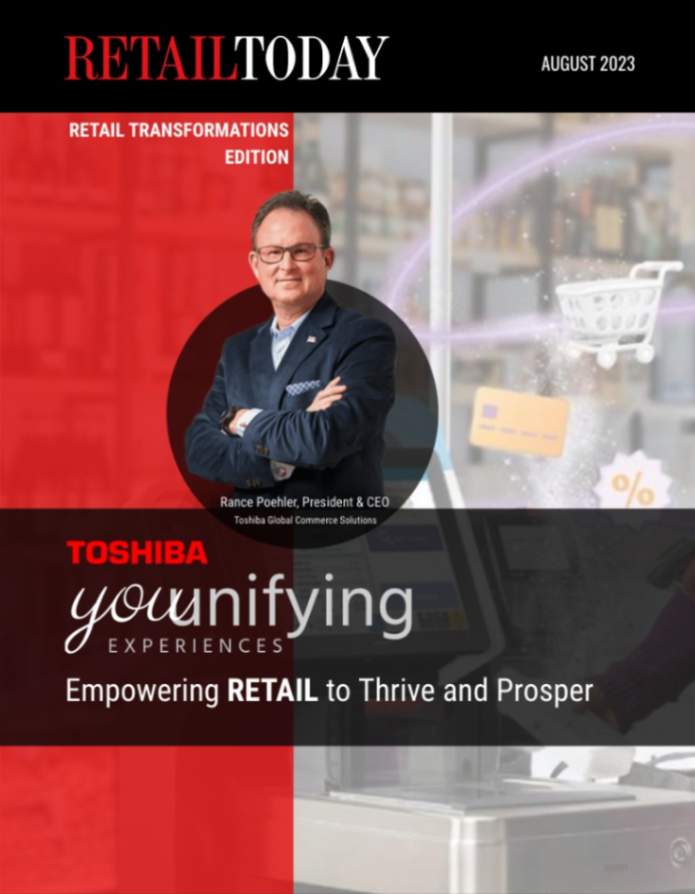
SymphonyAI Retail CPG
Whether they’re buying their groceries online, in person, or some combination of the two, it’s undeniable that shoppers today are more tech-savvy than ever. And those who want the best deals often have a good chance of getting what they want for the price they want, even if it means shopping somewhere other than their usual grocery retailer.
The other side of this equation – customer acquisition – is now just as dynamic. With online, a new dimension of customer acquisition has opened up for CPGs and retailers alike. What was once a one-dimensional job in the physical world and involved keeping shelves stocked and shoppers satisfied is a multi-faceted operation requiring seamlessly coordinating of the digital and physical realms.
Getting online grocery right is key to success: SymphonyAI Retail CPG research suggests engaging shoppers with online grocery can generate up to 16% incremental spending. However, the same study found that getting it wrong is also consequential: 40% of shoppers who shopped online for the first time in the second quarter of 2022 abandoned the channel after one visit. What’s worse – they nearly 3% less when they returned to the brick-and-mortar store.
Upon their return to stores, that decrease can be attributed to factors outside of grocers’ or CPGs’ control. Still, the good news for both is that several factors are well within reach to ensure their omnichannel strategies flourish.
Finding the data
Part of planning in this new dynamic era is finding the data. Retailers likely already have the data they need to improve omnichannel engagement. That’s because there has been exponential growth in data sources and volumes over the past decade. And while the last two-plus years have been somewhat unpredictable in terms of channel selection and how to optimize them, the reality is that most retailers gained additional recent shopper data from digital channels that can supplement existing shopper data sources.
Combined, all this data can be used to drive highly reliable decisions that enable retailers to provide omnichannel shoppers with engaging, relevant merchandising, products, and offers.
Using the data
With omnichannel, there are significantly more ways for CPGs and retailers to collaborate. One such opportunity is personalization. The two can now move away from traditional one-to-many approaches to a much more sophisticated strategy where shoppers receive trade promotion messages that are as relevant to them as possible. By collaborating, CPGs and retailers can make smarter decisions about how to spend trade promotion dollars to increase sales with omnichannel engagement.
Planogram compliance is another area of opportunity. CPGs and retailers now have a much more comprehensive understanding of planogram compliance, from the warehouse to the shelf to the shopping cart, in real-time. Previously tedious manual processes that were prone to human errors can now be replaced with user-friendly digital solutions that can track and monitor merchandise levels while reducing execution errors.
By doing so, retailers know when distribution, pricing, shelving, and merchandising strategies are being executed as intended, and exceptions can be identified and corrected rapidly. Meanwhile, if the right data-sharing processes are in place between a CPG and a retailer, CPGs can see all of this in real-time and can equally contribute to the success of the retailer’s operations.
Play the long game, not the short one
Recent years have been challenging for CPGs and retailers alike. While most forecasts paint a more positive picture for 2023 and beyond, the good news is that any new channel added to the grocery buying experience will create new opportunities for CPGs and retailers to collaborate on making the most of the omnichannel experience.
To continuously adapt to new channels and shifts in consumer habits, retailers and CPGs need to move from a short-term, reactive stance to one that is proactive, intelligent, and forward-looking. Therefore, as more and more CPGs and grocers embrace advanced data, their processes will get more intelligent—and by extension, their users—resulting in growth and efficiency.
Rachael Hadaway serves as Senior Vice President of Product Management for SymphonyAI Retail CPG and has worked in the retail and CPG insights industry for 20 years. Before joining SymphonyAI Retail CPG, Rachael held executive positions with 84.51° (a data and analytics company owned by Kroger), where she was most recently Senior Vice President of Product and Design. She gained unparalleled experience in retail technology in these roles while establishing herself as a respected speaker. Rachael has worked with global clients such as Kroger, Macy’s, Pepsi, P&G, and ConAgra Foods, to name a few.







